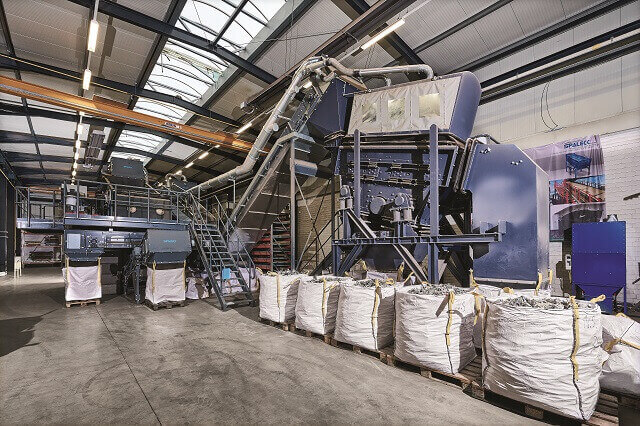Application examples of near-infrared sorting
Sensor sorting with near-infrared technology is suitable for a wide range of recycling materials. NIR sorting systems are widely used today. This is because they help to increase the accuracy and efficiency of recycling. Common areas of application are almost all types of recycled materials.
These include, among others:
- Lightweight packaging
- Packaging waste
- Pre-sorted recyclables
- Household waste (MSW)
- Commercial waste
- Mixed construction waste
- Metal recycling
We would be happy to advise you on how you can optimize the recycling rate of your materials with the help of NIR sorting and our SPALECK screening technology.
We also offer to test your materials in our TestCenter. Of course, you can further process the materials prepared in this way in the test centers of the manufacturers of NIR sorting systems. This is our daily practice. We will be happy to help you with this.



















